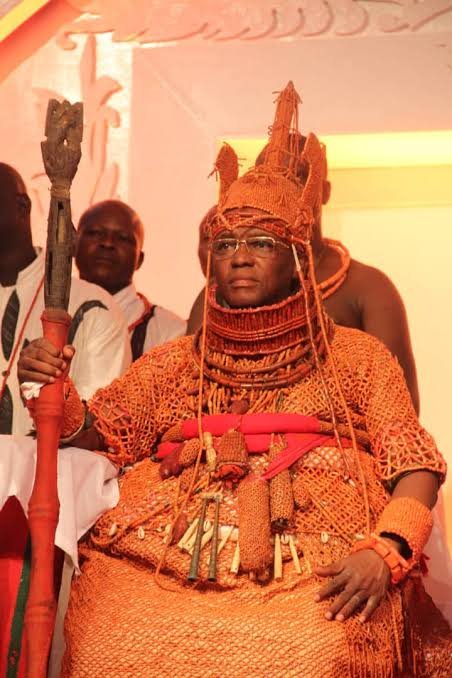The New Yam Festival, called Em ‘Orho in Edo land. It is generally recognized that farming is a highly risky business. Each activity of the farming cycle has to be undertaken at specified periods of the year. The climate has to be right – the required amount of rainfall, sunshine and dry spell – to guarantee a bountiful harvest. Also, the harvest itself is the reward for human effort expended on the land. More specifically, the farmer has to engage in the following activities during the farming year: Ifie (clearing the bush), egbo (felling of the trees), ekhuen (ground preparation), egua (planting of the yam), ikpesi (staking of the yam), iviema (training of the yam tendrils), ohie (weeding), and ikpen ema (general harvesting of the yam).
In view of these considerations, a good harvest is reason enough for celebration with family, friends and neighbours, some of who may have lent a helping hand at different stages of the farming cycle. It is appropriate that a farmer and those who consume farm produce give praise and thanks to ‘Osanobua’ for blessing the efforts of farmers in their task of ensuring food security for the community. In periods of food famine as occurred during the reign of Oba Ogiso Arigho, only a few that were lucky with their crops could celebrate. Em ‘Orho is a festival of harvest and first sale of fresh yam and its consumption by the people. It is a festival during which the Omo N’Oba, the heads of families (Erha – fathers), the head of extended families (Okaegbee) and Odionwere (village or community heads) play leadership roles. These leaders, where the resource permits, organize and finance the feast. In the Royal Palace in Benin City, the Ague festival where the
monarch goes into seven days of seclusion immediately precedes the Em ‘Orho festival. In that seclusion, the monarch embarks on a fast for seven days.
The Edos celebrate Em ‘Orho with Ema (pounded yam), goat meat, bush meat, among others, when farmers of the land start to harvest their yam crops. That takes place about the 11th lunar month of each year. Em ‘Orho provides good opportunity for Odionwere, Okaegbee abi and family heads to feast relatives, friends and neighbours; to promote social solidarity and a sense of belonging among the people. It’s also a chance to reduce hunger, at least for a period of merriment. There is no doubt that the name Em ‘Orho (fresh yam) signifies that the festival is agricultural. Yam, which is classified as a tuber crop, for thousands of years has been the stable food in Edo land. Em ‘Orho festival is therefore celebrated as a thanksgiving to Osanobua who makes the harvest possible and who, in doing so, guarantees food security and sustains life in the land.

